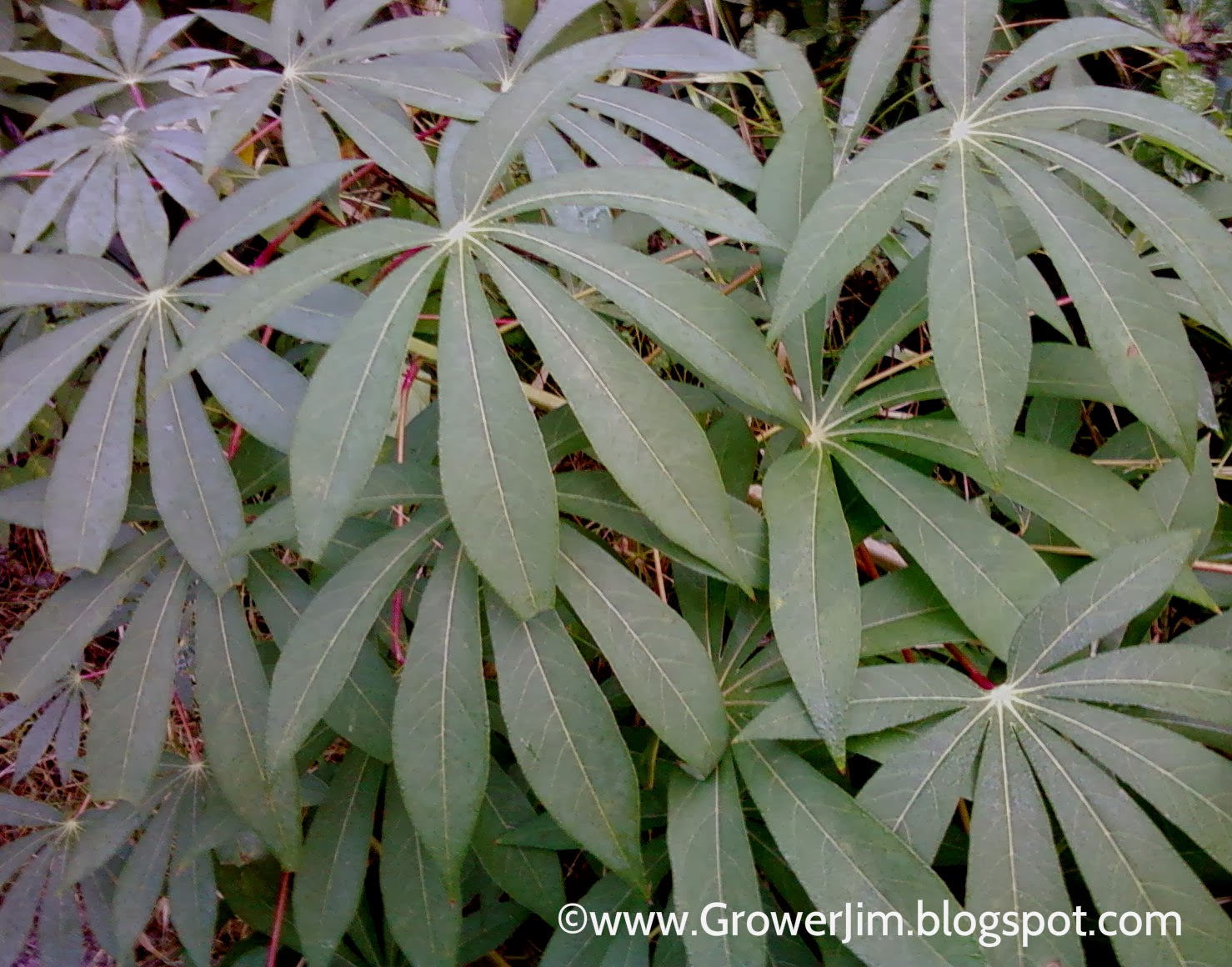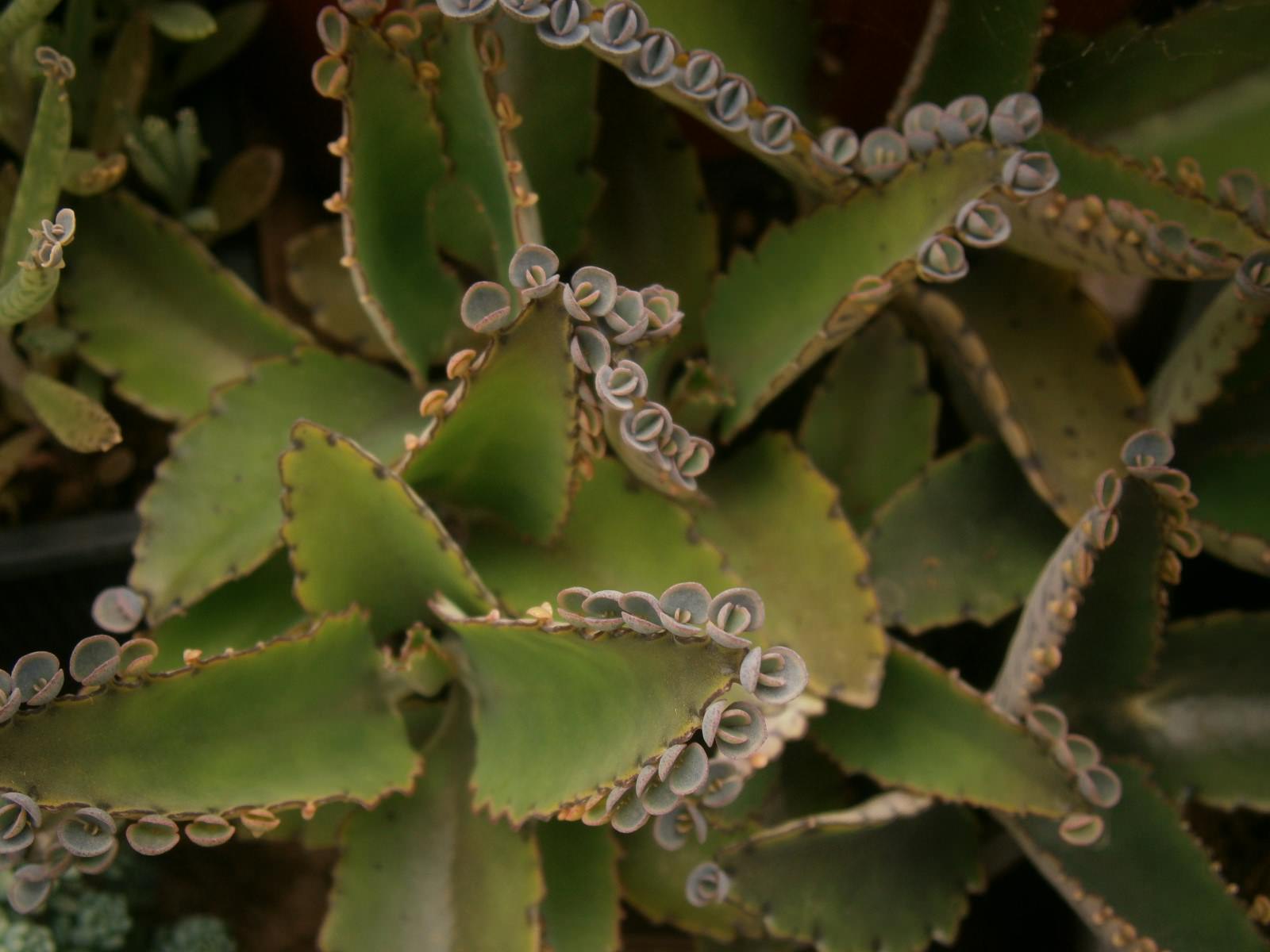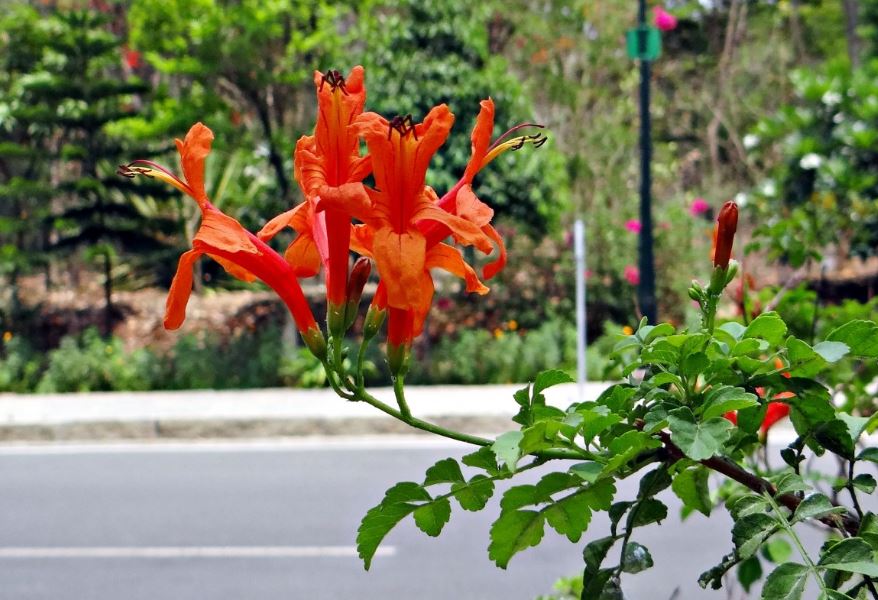Your Manioc plant images are ready in this website. Manioc plant are a topic that is being searched for and liked by netizens now. You can Get the Manioc plant files here. Download all free images.
If you’re looking for manioc plant images information linked to the manioc plant keyword, you have visit the ideal site. Our site frequently provides you with suggestions for seeing the maximum quality video and image content, please kindly surf and find more enlightening video articles and graphics that match your interests.
Manioc Plant. The occasional manioc plants in the kitchen. The manioc plant (manihot esculenta) grows from 5 to 12 feet in height, with edible leaves of five to seven lobes. Water drops in tapioca leaf and stem. Wheat starch, and potato starch are otherexamples.
People, Plants, Landscapes Growing Cassava or Manioc in From peopleplantslandscapes.blogspot.com
Refine the search results by specifying the number of letters. Cassava, also called manioc, yuca, balinghoy, mogo, mandioca,. The manioc plant (manihot esculenta) grows from 5 to 12 feet in height, with edible leaves of five to seven lobes. Bloom time throughout the year: Cassava, (manihot esculenta), also called manioc, mandioca, or yuca, tuberous edible plant of the spurge family (euphorbiaceae) from the american tropics. Cassava is a nutty flavored, starchy root vegetable or tuber.
Tall, up to 10 ft.
The video is on, cassava/tapioca plant. Tall, up to 10 ft. Species of manihot are monoecious trees, shrubs and a few herbs that are native to the americas, from arizona in the united states south to argentina and uruguay. Cassava also called as tapioca plant with full of fresh green leaves on bright day. How to use manioc in a sentence. Manioc (or cassava, or yuca, especially in latin america) is a shrub.it belongs to the spurge family of plants and it grows in tropical climates.it is cultivated for its edible root.the manioc must be cooked properly to detoxify it before it is eaten and can be used in dumplings, soups, stews and gravies.
 Source: myphilippinelife.com
Source: myphilippinelife.com
Cassava tubers belong to the spurge family (euphorbiaceae) of plants. Rows of soil before planting and rows of young cassava plant in. Sun exposure full sun, partial shade: Vector bio fuels refinery plant , bio diesel , icons. The raw tuberous roots are highly toxic but are edible once properly prepared and cooked.
 Source: plantvillage.psu.edu
Source: plantvillage.psu.edu
This manioc plant is at bosque santa lucia, where we have. Manioc (or cassava, or yuca, especially in latin america) is a shrub.it belongs to the spurge family of plants and it grows in tropical climates.it is cultivated for its edible root.the manioc must be cooked properly to detoxify it before it is eaten and can be used in dumplings, soups, stews and gravies. Manihot is a genus in the diverse milkspurge family, euphorbiaceae. Water drops in tapioca leaf stem tapioca plants cassava closeup isolated on white background. Domesticate improvements include traits which must have been added by means of clonal propagation.
 Source: survivalgardener.com
Source: survivalgardener.com
The manioc plant (manihot esculenta) grows from 5 to 12 feet in height, with edible leaves of five to seven lobes. Native to south america, it’s a major. Manioc (or cassava, or yuca, especially in latin america) is a shrub.it belongs to the spurge family of plants and it grows in tropical climates.it is cultivated for its edible root.the manioc must be cooked properly to detoxify it before it is eaten and can be used in dumplings, soups, stews and gravies. Wheat starch, and potato starch are otherexamples. Manihot esculenta, commonly called cassava (), manioc, or yuca (among numerous regional names) is a woody shrub native to south america of the spurge family, euphorbiaceae.
 Source: britannica.com
Source: britannica.com
Although both sweet and bitter varieties of cassava are available, sweet cassava is more common in the united states, where it’s often. Plant starch used as a thickener in sauces. Under traditional cultivation, farmers propagate manioc. Wheat starch, and potato starch are otherexamples. Domesticate improvements include traits which must have been added by means of clonal propagation.
 Source: gardeningknowhow.com
Source: gardeningknowhow.com
Manioc flour is made from the tuberous root of the manihot esculenta plant, which is native to central and southern america. What most people use for food, however, are the roots, which are 2 to 6 inches in diameter and 1 to 2 feet in length. Manihot esculenta, commonly called cassava (), manioc, or yuca (among numerous regional names) is a woody shrub native to south america of the spurge family, euphorbiaceae. Nutritious starch from a west indian plant. (uncountable) cassava root, eaten as a food.
 Source: tipdisease.com
Source: tipdisease.com
Soil ph acid, neutral, alkaline: Starch made from the root of the cassava plant. Cassava, commonly called manioc or tapioca, is a domesticated species of tuber, and the sixth most important food crop in the world. Manioc is a clonal crop, but its evolutionary dynamics is much more complex than the establishment of varieties consisting of unique clones. Arrowroot isobtained from the west indian plant maranta arundinacea.cassava and tapioca are from the manioc;

Mature size up to 14 ft. Manioc flour is made from the tuberous root of the manihot esculenta plant, which is native to central and southern america. Plant type woody shrub, perennial: It is cultivatedthroughout the tropical world for its tuberous roots, from which cassava flour, breads, tapioca, a laundry starch, and an alcoholic beverageare derived. Starch from the roots of the manioc plant.
Source: worldcrops.org
Not commonly grown in nc. Plant starch used as a thickener in sauces. Water drops in tapioca leaf and stem. Although a perennial plant, cassava is extensively cultivated as an annual crop in tropical and subtropical regions for its edible starchy tuberous root, a major. Nutritious starch from a west indian plant.
 Source: pinterest.com
Source: pinterest.com
A bushy herb or shrub with elongated tubers; Cassava also called as tapioca plant with full of fresh green leaves on bright day. Plant starch used as a thickener in sauces. Manihot is a genus in the diverse milkspurge family, euphorbiaceae. Soil ph acid, neutral, alkaline:
 Source: flickr.com
Source: flickr.com
Cassava, also called manioc, yuca, balinghoy, mogo, mandioca,. It was described as a genus in 1754. (uncountable) a food starch prepared from the root. Sago, fromthe sago palm ; How to use manioc in a sentence.
Source: peopleplantslandscapes.blogspot.com
Species of manihot are monoecious trees, shrubs and a few herbs that are native to the americas, from arizona in the united states south to argentina and uruguay. The plant produces best when rainfall is fairly abundant, but it can be grown where annual rainfall is as low as 500 mm or where it is as high as 5,000 mm. Sun exposure full sun, partial shade: A bushy herb or shrub with elongated tubers; Cultivated plants collection illustration, drawing, engraving,.
 Source: jgi.doe.gov
Source: jgi.doe.gov
Starch can be obtained from part of. (uncountable) cassava root, eaten as a food. Sun exposure full sun, partial shade: Starch can be obtained from part of. The occasional manioc plants in the kitchen.
 Source: creativemarket.com
Source: creativemarket.com
Water drops in tapioca leaf stem tapioca plants cassava closeup isolated on white background. Manihot esculenta, commonly called cassava (), manioc, or yuca (among numerous regional names) is a woody shrub native to south america of the spurge family, euphorbiaceae. Water drops in tapioca leaf stem tapioca plants cassava closeup isolated on white background. It was described as a genus in 1754. Starch can be obtained from part of.
 Source: growerjim.blogspot.com
Source: growerjim.blogspot.com
Cassava, (manihot esculenta), also called manioc, mandioca, or yuca, tuberous edible plant of the spurge family (euphorbiaceae) from the american tropics. Manioc flour is made from the tuberous root of the manihot esculenta plant, which is native to central and southern america. This manioc plant is at bosque santa lucia, where we have. What most people use for food, however, are the roots, which are 2 to 6 inches in diameter and 1 to 2 feet in length. Starch from the roots of the manioc plant.
 Source: earth.com
Source: earth.com
Starch can be obtained from part of. Cultivated plants collection illustration, drawing, engraving,. The video is on, cassava/tapioca plant. Tall, up to 10 ft. Cassava, commonly called manioc or tapioca, is a domesticated species of tuber, and the sixth most important food crop in the world.
Source: peopleplantslandscapes.blogspot.com
Starch can be obtained from part of. Domesticate improvements include traits which must have been added by means of clonal propagation. Cultivated plants collection illustration, drawing, engraving,. Species of manihot are monoecious trees, shrubs and a few herbs that are native to the americas, from arizona in the united states south to argentina and uruguay. Refine the search results by specifying the number of letters.
 Source: plantvillage.psu.edu
Source: plantvillage.psu.edu
The plant can stand prolonged periods of drought in which most other food crops would perish. Cultivated plants collection illustration, drawing, engraving,. The manioc plant (manihot esculenta) grows from 5 to 12 feet in height, with edible leaves of five to seven lobes. Water drops in tapioca leaf stem tapioca plants cassava closeup isolated on white background. Manioc is a clonal crop, but its evolutionary dynamics is much more complex than the establishment of varieties consisting of unique clones.
 Source: plantvillage.psu.edu
Source: plantvillage.psu.edu
The meaning of manioc is cassava. Although a perennial plant, cassava is extensively cultivated as an annual crop in tropical and subtropical regions for its edible starchy tuberous root, a major. Manioc, a tropical root crop, also known as mandioca, cassava, aipim, or yuca. The plant can stand prolonged periods of drought in which most other food crops would perish. Water drops in tapioca leaf and stem.
This site is an open community for users to do submittion their favorite wallpapers on the internet, all images or pictures in this website are for personal wallpaper use only, it is stricly prohibited to use this wallpaper for commercial purposes, if you are the author and find this image is shared without your permission, please kindly raise a DMCA report to Us.
If you find this site serviceableness, please support us by sharing this posts to your preference social media accounts like Facebook, Instagram and so on or you can also bookmark this blog page with the title manioc plant by using Ctrl + D for devices a laptop with a Windows operating system or Command + D for laptops with an Apple operating system. If you use a smartphone, you can also use the drawer menu of the browser you are using. Whether it’s a Windows, Mac, iOS or Android operating system, you will still be able to bookmark this website.







